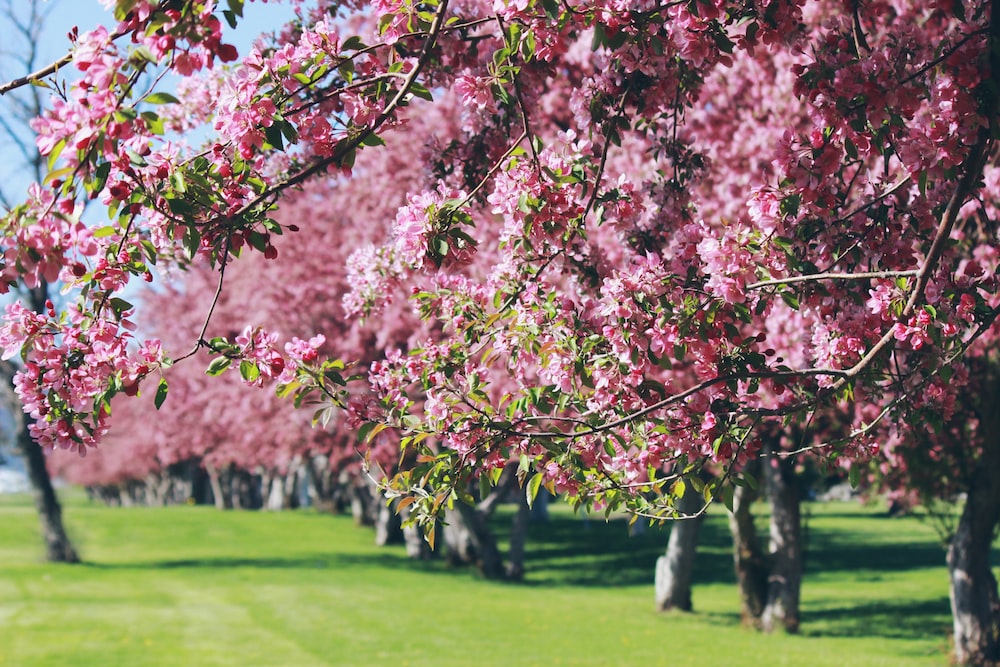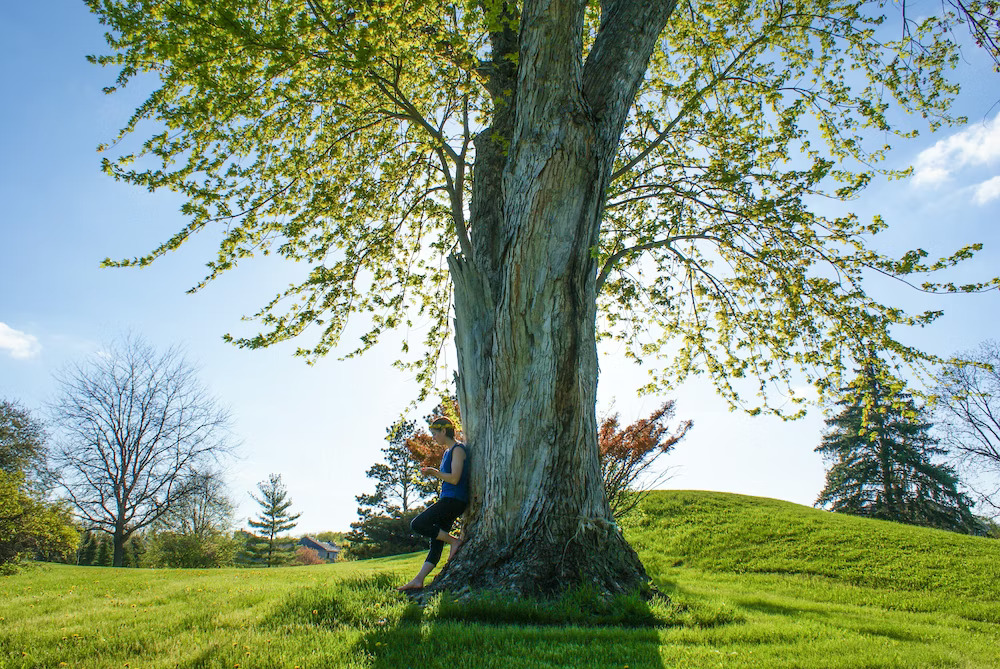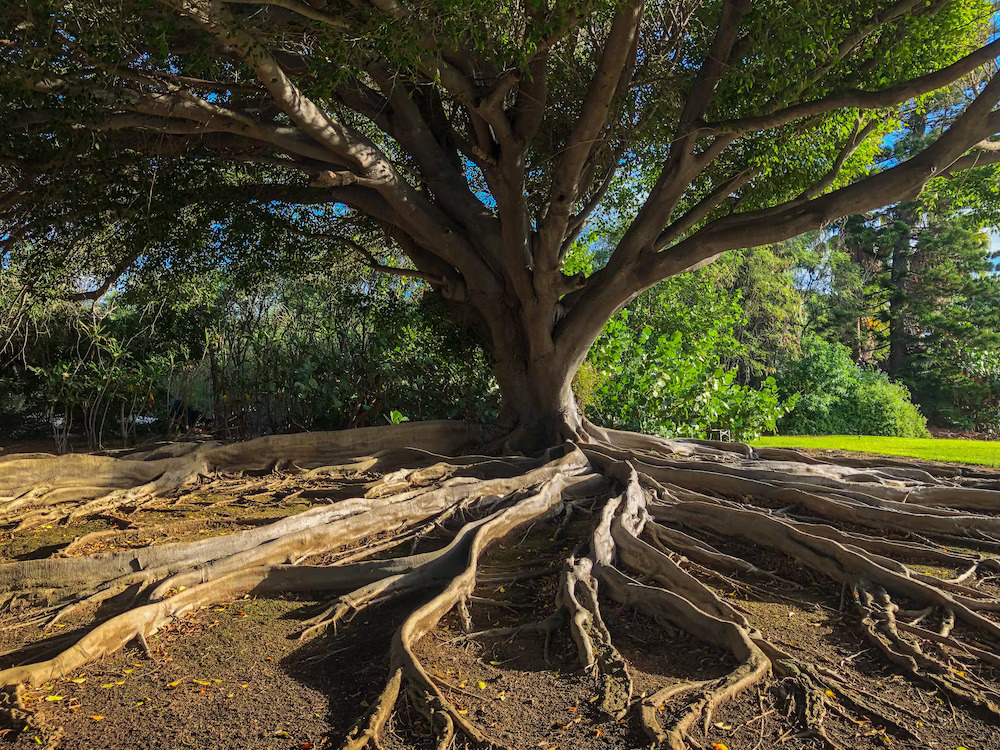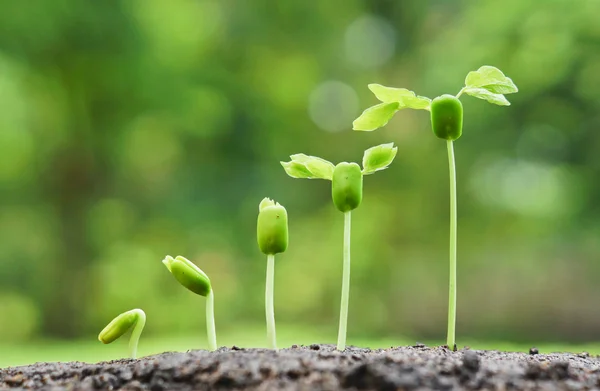Have you ever wondered when is the best time to plant a tree? Is it during the vibrant blossoms of Spring, the warm summer days, or the crisp, colorful landscapes of fall?
Trees are magnificent beings that enhance the beauty of our surroundings and play a crucial role in maintaining a healthy and sustainable environment. Their presence can improve air quality, provide shade, reduce erosion, and support biodiversity. However, many people may need to realize that the timing and planting site can significantly impact its success and long-term growth.
Plant Trees with Confidence: Expert Advice
By understanding the different seasons and their implications, you can optimize the chances of your newly planted tree thriving in its new home. We will explore the pros and cons of planting trees each season, considering weather conditions, soil temperature, and moisture levels.
Whether you’re a passionate gardener, an environmental enthusiast, or simply someone who wants to contribute to a greener world, discovering the best time to plant trees will empower you to make informed decisions and maximize the benefits of your efforts. So, let’s dive in and unlock the secrets of perfect timing for every tree type to flourish.
Is There a Better Time for Planting Trees?
To make informed decisions about the best time to plant trees, it’s essential to grasp the concept of the tree planting season. It refers to when environmental conditions are most favorable for establishing and growing new trees.
For new roots to develop, certain conditions need to be met. First and foremost, adequate soil moisture is crucial. The best time to plant a tree is during seasons with higher rainfall or when the earth retains sufficient humidity, such as early Spring, as they provide an optimal environment for the tree roots to establish themselves and access the necessary water and nutrients.

Different tree species have varying soil preferences, ranging from well-drained to higher moisture ones. Researching the specific needs of the tree species you intend to plant and assessing your local ground conditions will help you choose the most suitable time for planting.
Trees have different temperature and sunlight requirements, and planting during the appropriate season helps ensure their survival. By aligning your planting with the tree’s needs and the environmental conditions of your area, you set the stage for a successful establishment and long-term growth.
In the following sections, we will explore the advantages and disadvantages of seeding trees in different seasons, helping you decide the best time to embark on your green-finger journey.
Early Spring to Late Fall: Which is the Best Planting Time?
Unlike hot Summers, Spring, with its awakening nature and rejuvenating energy, is a popular time for trees to grow.
Spring:
Favorable Growing Conditions:
This season provides a favorable environment for tree growth. With increasing temperatures, longer daylight hours, and ample rainfall, trees have optimal conditions to establish root systems and begin their growth journey until late Spring.
Enhanced Root Development:
Spring planting enables trees to benefit from warmer soil temperatures. Combining moisture-rich soil and moderate temperatures promotes healthy root development, producing more robust and resilient trees.
Potential Challenges Spring Poses for Trees:
High Demand and Limited Availability:
Spring is a popular time for gardening and landscaping, so increased demand for trees may result in limited availability at nurseries. Planning and securing your tree selection early is advisable to ensure you have access to the species you desire.
Waterlogging and Soil Saturation:
Spring is known for its showers, and while moisture benefits newly planted trees, excessive rainfall can lead to waterlogged soil. This can hinder root development and increase the risk of root rot. Choosing well-drained planting sites and implementing proper soil preparation can help mitigate these risks.

Summer
With its warm temperatures and extended daylight hours, summer presents an excellent opportunity for planting various plants. Let’s explore the advantages of summer planting and some potential challenges to consider.
Advantages of Summer Planting:
Optimal Growing Conditions:
The original question that led us here is “when is the best time to plant a tree?”.
Summer is one of the best, if not the best, times to plant, as it provides ideal conditions for plant growth. The warm temperatures and ample sunlight support rapid growth and photosynthesis, allowing plants to thrive and establish themselves quickly.
Extended Growing Season:
This extended period allows plants to develop strong roots and establish themselves before the onset of colder weather. Water deeply to ensure the seeds stay hydrated.
Potential Challenges Summer Poses for Trees:
Heat Stress:
High temperatures can pose a challenge to newly planted vegetation. Monitoring soil moisture levels and providing adequate irrigation to prevent plants from drying out or experiencing heat stress is essential. Mulching can also help retain soil moisture and regulate soil temperature.
Watering Requirements:
With increased evaporation rates and potential drought conditions, summer planting requires diligent watering to ensure plant survival. Deep watering early in the morning or evening, when temperatures are more relaxed, helps plants absorb moisture effectively.

Autumn
With its cooler temperatures and moderate weather conditions, autumn provides an ideal season for planting a wide range of plants. Let’s explore the advantages of autumn planting and some potential considerations to remember.

Advantages of Autumn Planting:
Established Root Growth:
Bare root trees may not survive cold weather. That is why fall planting is also a good choice for specific trees, as it allows plants to focus their energy on root development before early winter hits; with the warm soil from summer and cooler air temperatures, plants can establish robust root systems before winter sets in. This strong root foundation enhances its ability to absorb nutrients and water, promoting overall plant health and resilience.
Preparation for Spring Growth:
Fall is a great season to plant trees, as it allows plants to acclimate and establish themselves during the cooler months when the ground freezes, and it is harder for a new tree to grow its root system. When Spring arrives, the tree’s roots will already have a head start in growth and development, enabling them to take full advantage of early Spring’s favorable conditions. This is true even for bare-root trees.
Potential Challenges Autumn Poses for Trees:
Frost Risk:
Depending on your location, early frost may be a concern for autumn planting, especially for bare-root trees. Choose plant species that can tolerate or withstand cooler temperatures.
Container-grown trees are an excellent alternative to protect the root zone when hot weather is nowhere to be found. Consider using protective measures like mulching or covering plants during frosty nights to protect young roots from congelation.
Plant Hardiness:
Plant trees that are suitable for autumn planting in your specific region. Consider their hardiness and ensure they can withstand the winter conditions, as some can only survive in warm climates. Your local nursery can help you determine when is the best time to plant a tree.

Advantages of Winter Planting:
Dormant Growth:
Planting in winter allows trees and shrubs to take advantage of their dormant phase. While above-ground growth slows down, the focus shifts to root development. Plants can allocate more resources to establishing and strengthening their roots with less energy for foliage growth.
Soil Protection:
Winter planting helps protect the soil from erosion and nutrient depletion. The roots of newly planted vegetation stabilize the ground, preventing it from being washed away by winter rains or melting snow. Additionally, the presence of plants helps retain moisture and prevent excessive soil drying.
Potential Considerations for Winter Planting:
Winter damage:
Freezing temperatures can damage roots and foliage, particularly for young or tender plants. Plant trees that fall within the cold-hardy species, not bare root trees, and provide protective measures, such as mulching or covering, to shield them from extreme cold during the long winter.
Limited Growth:
Due to colder temperatures and reduced sunlight, growth rates may be slower during winter planting. Be patient and understand that plants may exhibit limited above-ground growth until the winter months have passed. Focus on establishing a solid root system, which will support robust growth.

Conclusion
In conclusion, planting trees is a precious and rewarding endeavor that offers numerous benefits to individuals, communities, and the environment.
Each season presents unique opportunities and challenges, and understanding these factors is crucial for determining when is the best time to plant a tree.
Regardless of the season chosen, seeding and sowing requires proper planning, adequate watering, diligent care, and an appropriate selection of plant species suited to the specific conditions of your region.
Whether you embark on a spring, summer, autumn, or winter planting journey, with careful consideration and proper implementation of the recommended guidelines, you can create a flourishing, sustainable, and resilient landscape that will be enjoyed for generations.

